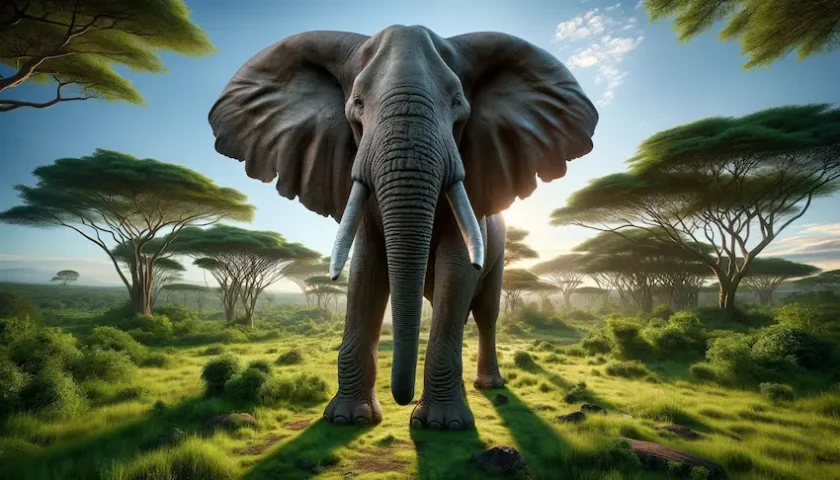Elephants are some of the most fascinating creatures on Earth, known for their impressive size, intelligence, and social behaviors. As the largest land animals, they have captivated human interest for centuries. This article delves into the unique characteristics, habitat, behavior, and conservation status of these majestic mammals.
Unique Characteristics
Elephants are easily recognizable by their large ears, long trunks, and tusks. The trunk, an elongated nose and upper lip, is a versatile tool used for breathing, smelling, touching, grasping, and producing sound. Their tusks, which are actually elongated incisor teeth, serve various purposes such as digging for water, stripping bark from trees, and as weapons in fights. Elephants have thick skin, but it is sensitive and requires regular mud baths to protect against insects and sunburn.

Habitat and Distribution
Elephants are native to Africa and Asia, with African elephants found in diverse environments such as savannas, forests, deserts, and marshes across 37 countries. In contrast, Asian elephants inhabit forested regions in 13 countries, including India, Sri Lanka, and Thailand. The habitat preferences of these two species differ, with African elephants favoring open areas where they can roam freely, while Asian elephants prefer dense forests.
Social Behavior and Intelligence
Elephants are highly social animals, living in close-knit family groups led by a matriarch. These groups, called herds, consist of related females and their offspring. Male elephants typically leave the herd when they reach adolescence and either live alone or form small bachelor groups. Elephants communicate through a range of vocalizations, body language, and seismic signals, showcasing their advanced communication skills.
Elephants are also known for their remarkable intelligence. They have large brains relative to their body size and exhibit behaviors such as problem-solving, tool use, and empathy. Elephants are capable of complex emotions, including joy, grief, and compassion, and they display strong bonds with their family members.

Diet and Feeding Habits
Elephants are herbivores, consuming a varied diet that includes grasses, leaves, bark, fruit, and roots. An adult elephant can eat up to 300 pounds of food in a single day. Due to their large size and high food intake, elephants play a crucial role in their ecosystems by influencing vegetation patterns and creating habitats for other species through their foraging activities.
Conservation Status and Threats
Despite their iconic status, elephants face numerous threats that have led to significant declines in their populations. Habitat loss, human-wildlife conflict, and poaching for ivory are the primary threats to both African and Asian elephants. Conservation efforts are underway to protect these animals, including anti-poaching measures, habitat restoration, and community-based conservation programs.
Efforts for Conservation
International organizations, governments, and local communities are working together to safeguard elephant populations. Initiatives such as creating protected areas, enforcing stricter anti-poaching laws, and raising public awareness about the importance of elephants are vital to their survival. Ecotourism also plays a role in conservation by providing economic incentives for local communities to protect wildlife.

Conclusion
Elephants are extraordinary animals that embody strength, intelligence, and social complexity. Their continued survival is crucial for maintaining the health and balance of their ecosystems. By supporting conservation efforts and promoting sustainable practices, we can ensure that future generations will have the opportunity to witness the awe-inspiring presence of elephants in the wild.







